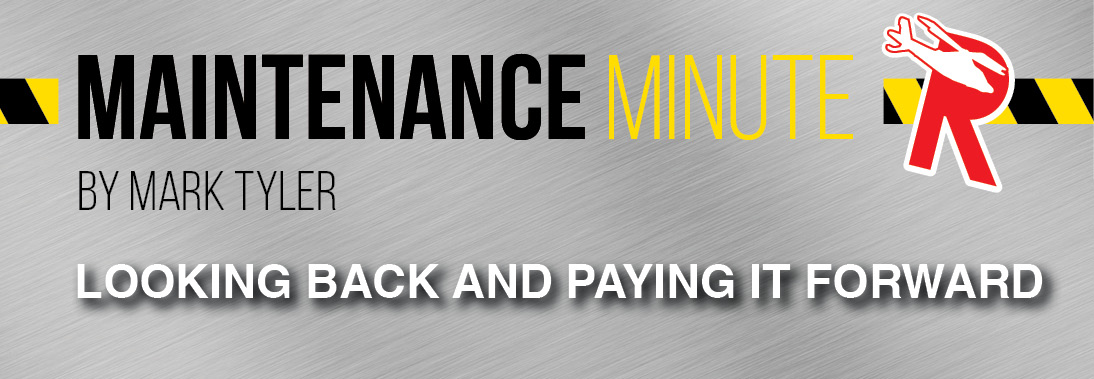|
Nov
10
2025
|
|
Posted 41 days ago ago by Admin
|
|

Looking back over the last 44 years in aircraft maintenance, I am filled with gratitude. I’ve had the privilege of working for great companies and, more importantly, with people who invested generously in me. Their guidance, encouragement, and example shaped my career in lasting ways. Because of that, I do my best to pay it forward—helping others become the best they can be.
One of the greatest benefits in my career has been training. Over the years, I’ve attended more than 65 courses, including OEM airframe and engine schools, human factors, vibration analysis, and FAA compliance training. Each one added tools to my toolbox and sharpened my ability to keep aircraft safe and reliable. Even today, I remain actively engaged and am completing annual repair station training and preparing for another OEM course next year. Training has never been a one-time event; it’s been a constant companion in my growth.
Of all the training I’ve received, one class stands out: Principles of Troubleshooting by FlightSafety. At the time, troubleshooting was a big part of my job, and I looked for any help I could get. The course emphasized logic, symbology, and a straightforward method: start at the problem and work backward to the cause. The instructors compared it to detectives at a crime scene—beginning with the evidence and tracing it back to its source. That idea stuck with me: There may be many paths of influence, but only one critical path.
After that course, my troubleshooting improved dramatically. I even found myself applying the method outside aviation. If my truck broke down, I would work backward from the problem. No matter the situation—technical, mechanical, or personal—beginning at the problem and tracing the critical path of influence usually led me to answers.
Years later, my mentor, the late Jack Roach, called me one morning and said, “Young man, the answer is inside the problem.” I was taken aback. Could it really be that simple? Not easy, but simple. From then on, I looked at every challenge with that mindset. Sometimes solutions came quickly, other times only after reflection, but they always revealed themselves. The lightbulb grew brighter: the answer was always there, waiting to be uncovered.
Training may appear costly, but it is truly an investment. Forward-thinking companies understand the direct connection between training, safety, and performance. It prevents complacency, reinforces fundamentals, and sharpens judgment when it matters most. At our repair station, I make it a priority to send each mechanic and avionics technician to at least two courses a year, in addition to required repair station training.
Mechanics are the guardians of safety. Keeping them sharp, informed, and well trained isn’t optional, it’s essential to ensuring aircraft remain airworthy and reliable. Training equips them not only with technical skills, but also with the confidence to make the right decision at the right moment. That is the true return on investment, and the reason I remain grateful for every opportunity I’ve had to learn—and to pass those lessons on.
READ MORE ROTOR PRO: https://justhelicopters.com/Magazine
WATCH ROTOR PRO YOUTUBE CHANNEL: https://buff.ly/3Md0T3y
You can also find us on
Instagram - https://www.instagram.com/rotorpro1
Facebook - https://www.facebook.com/rotorpro1
Twitter - https://twitter.com/justhelicopters
LinkedIn - https://www.linkedin.com/company/rotorpro1